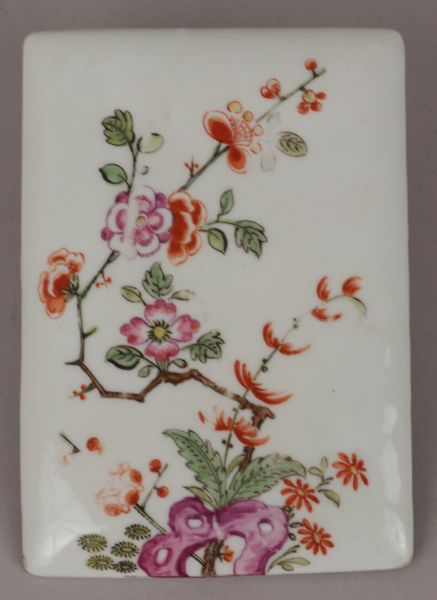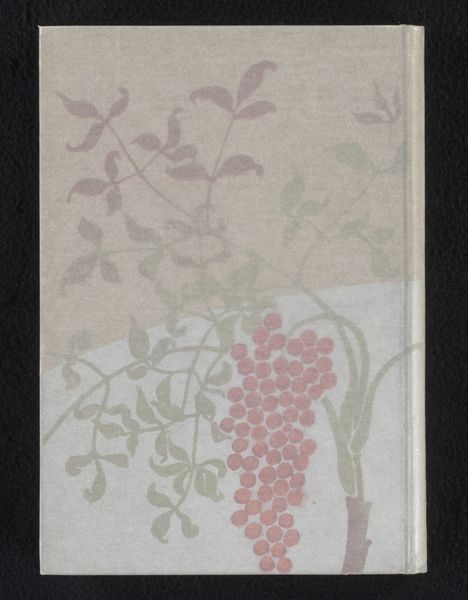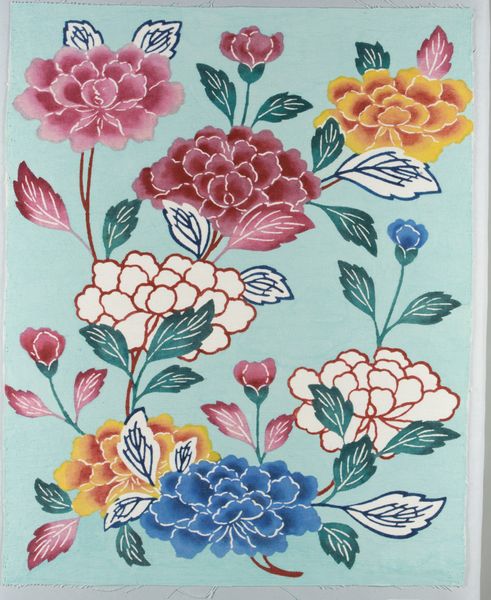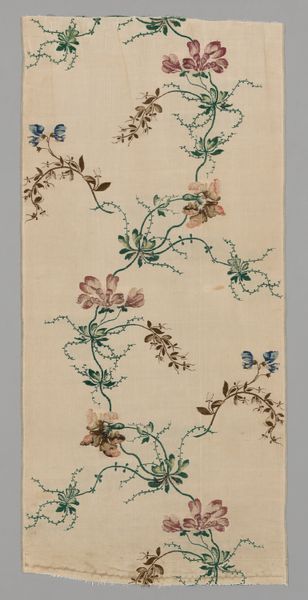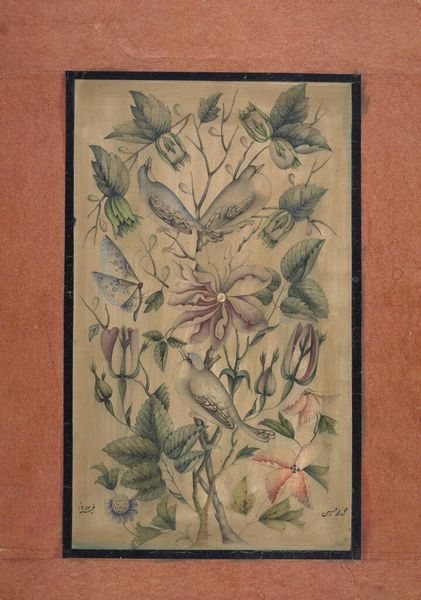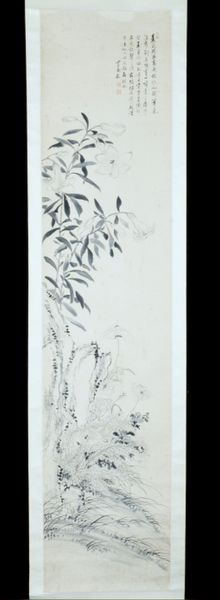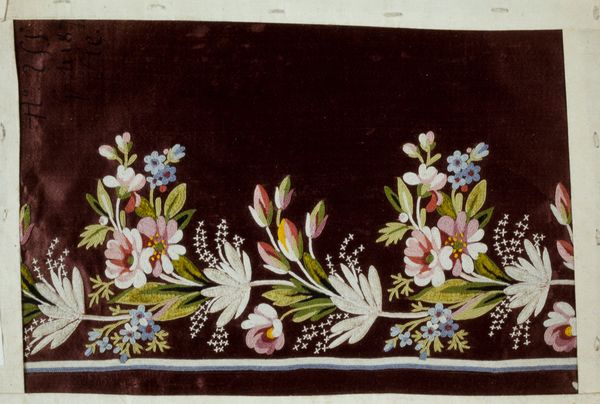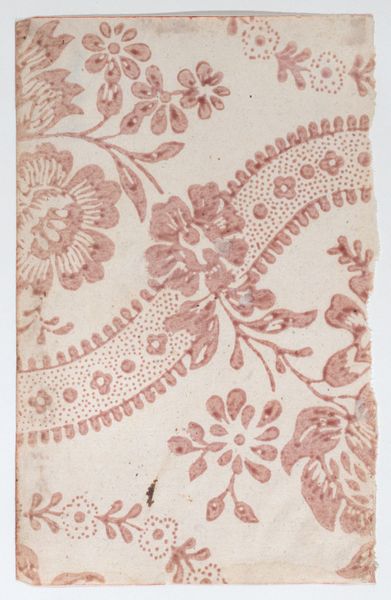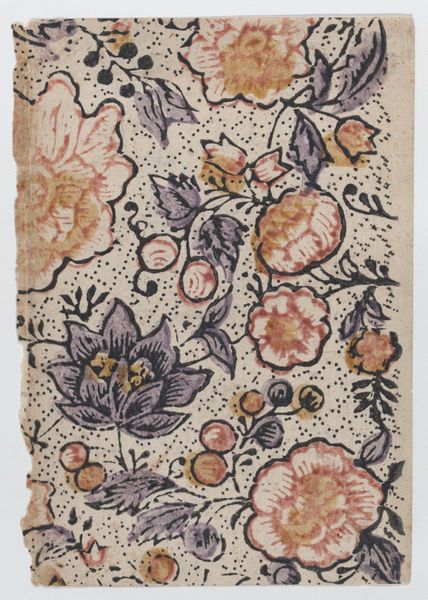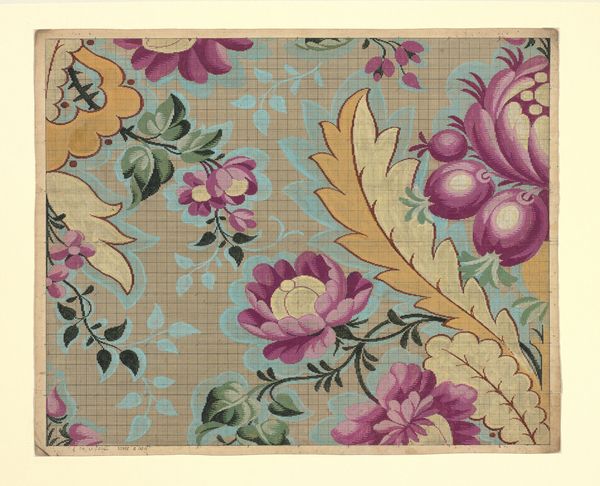
tempera, painting, porcelain
#
tempera
#
painting
#
porcelain
#
decorative-art
#
rococo
Dimensions: 3 11/16 × 2 9/16 in. (9.4 × 6.5 cm)
Copyright: Public Domain
Curator: Looking at this porcelain plaque, my immediate thought is spring. The floral imagery gives off a refreshing and vibrant air. What is your initial take? Editor: The technique! This Plaque, crafted around 1720-1730, employs tempera on porcelain, demonstrating incredible control over materials. It begs the question: how long did it take to train the artists, and how did porcelain’s elite status impact their labor conditions? Curator: Right, the social stratification during the Rococo era deeply informs the context of production here. Porcelain as a symbol of luxury was inherently tied to gender. Whose hands decorated it? What access to training did women and other marginalized genders have? Were they merely mimicking patterns or was there room for innovation? Editor: The plaque feels as though it belongs within an artistic legacy that has often privileged some narratives over others; labor and design hierarchies of luxury goods manufacturing. Curator: Agreed. Further, consider the purpose. A "plaque" isn't simply decorative; it likely served some specific function within the domestic sphere, perhaps connected to displaying status or facilitating particular social rituals among women. The style choices aren’t incidental—they encode particular cultural scripts about beauty, femininity, and social power. How are those codes used, consciously or unconsciously, to perpetuate existing inequalities? Editor: By situating decorative arts within class and social discourse, can reveal connections between aesthetic expression and labor relations during a period when craft was industrializing? Curator: Precisely. This floral design, rather than an exercise in pure aesthetic beauty, must also be examined within these power dynamics to understand the total reality. Editor: This discussion illuminates the intersectionality of material history with questions of gender, identity, and socioeconomic realities in early 18th century porcelain production. Curator: Indeed. There is always more beneath the delicate surface.
Comments
No comments
Be the first to comment and join the conversation on the ultimate creative platform.
